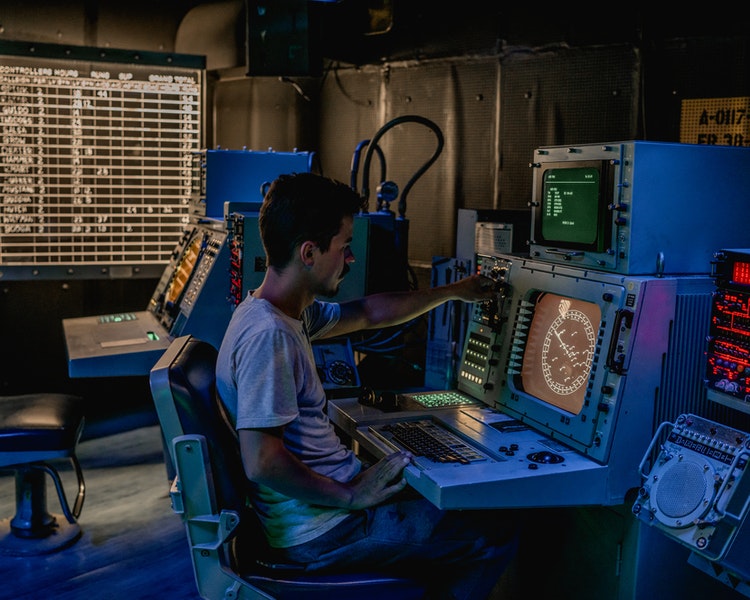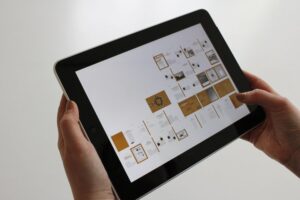Robots and CNC machines are two of the most popular tools used in the manufacturing industry. While the two technologies do have some similarities, they also have some significant differences.
What are CNC machines?
CNC stands for Computer Numerical Control. In basic terms, the metal fabrication method of CNC machine uses written computer code to control the machinery during the manufacturing process. All these machine actions will be performed based on the predefined computer code.
CNC machining uses a subtractive fabrication method in which material is removed during the production process. CNC machines have been used in manufacturing industries for decades, but they have become accessible to hobbyists and entrepreneurs in recent times.
If you are interested in using a CNC machine yourself, check out Revelation Machinery’s online site. The company has expertise in buying and selling CNC machinery. The machines they have for sale include press brakes, lathes, shears, presses, and lasers.
What are Robots?
There are many tasks that we don’t need the human workforce mainly in automotive industries and these tasks will be automated by using small robots. Joseph F. Engelberger introduced the very first robot in 1961. Today, robots are used by almost every sector. They can perform a broad range of different tasks besides only machining.
“Robots typically consist of mechanical linkages that are moved by precise motors in the robots’ joints.”
The most common type of robot is the six-axis industrial robot, in which every link is connected to the last joint. Other robots use different mechanical configurations.
What different tasks do robots and CNC machines perform?
The tasks you can complete with robots and CNC machines differ. With robots, you can do some of the same machining tasks as with CNC machines, but not all of them. Robots also enable you to:
- Perform different types of welding, such as spot welding, resistance welding, and arc welding.
- Move objects around your workspace.
- Detect types of objects for sorting.
CNC machines allow you to achieve a wide variety of tasks. For example, you can use CNC machines for:
- Drilling: By accurately positioning a spinning drill bit, you can create holes in a material.
- Milling: By using a rotary milling tool, you can steadily remove layers of material.
- Sawing: By controlling a spinning saw tool, you can cut accurate lines in a workpiece.
- Broaching: By using a static broaching tool, you can cut polygonal shapes into static or spinning workpieces.
Performance and Quality
Besides the different tasks that the two technologies can perform, robots and CNC machines also differ in performance and quality. Some difference that we need to look at both as mentioned below.
Programming
Both are programmed while CNC machines use G-Code to program and robots use another programming language. The G-Code is usually generated by CAM software, not by hand. However, robots can use G-Code via a robot post-processor.
Stiffness
Robots are generally more flexible than CNC machines. Whereas CNC machines typically have high stiffness in all axes, it is usually much lower in robots. However, the stiffness differs depending on the exact model of the robot.
Accuracy
One of the key differences between CNC machines and robots is the former is more accurate. Indeed, you cannot get more accurate results than from using CNC machines. The accuracies go down to fractions of a micron. Robots’ accuracies can be improved with calibration, but the accuracy is still more likely to be around hundreds of microns.










